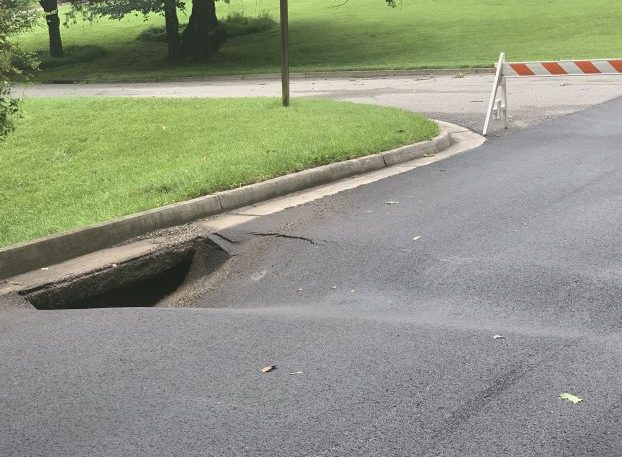Hurricane Ian brought beneficial weather, farmers say
Published 10:32 am Thursday, October 13, 2022
|
Getting your Trinity Audio player ready...
|
Rarely does good news follow a hurricane. But, in the instance of Hurricane Ian, Virginia farmers said the storm brought beneficial weather for drought-stressed field crops, hay and pastureland.
Hurricane Ian, the first named storm of the 2022 Atlantic hurricane season to impact Virginia, passed through the state Sept. 30 and Oct. 1. The storm produced at least 3½ inches of rain in some Virginia localities, according to the National Agricultural Statistics Service’s crop report for the week ending Oct. 2.
The report also revealed that soil moisture levels increased dramatically after Ian’s arrival. During the week ending Sept. 25, there was a 32% moisture shortage in Virginia’s topsoil and a 27% shortage in subsoil.
Trending
During the week ending Oct. 2, the moisture shortage in topsoil dipped to 8%, while subsoil lowered to 22%. In all, the moisture of Virginia’s topsoil now stands at 91% adequate or better, and subsoil is 77% adequate or better.
“I hate to use the term ‘welcome sight,’ but (Hurricane Ian) was a welcome sight,” said Augusta County hay, cattle and poultry producer Matt Hickey.
“It was getting pretty dry up here, and we desperately needed the rain,” added Hickey, who serves on the Virginia Farm Bureau Federation Poultry Advisory Committee. “Now that I have some moisture in the ground, it’s a good time to get some cover crops planted too.”
Fellow Augusta County farmer Brad Dunsmore noted that Hurricane Ian was “uneventful,” and that during the storm rain fell slowly and steadily with little wind. He also said he hadn’t noticed any discernable flood or wind damage to his farm or others nearby.
Although the Oct. 2 NASS crop report indicated pastureland was deteriorating statewide, Dunsmore and Hickey agreed the rain from the storm improved conditions locally.
“In our general area, most people got anything from about 1½ to 3 inches of rain,” Dunsmore said. “Our ground soaked it all up, and it was a great rain for us. It’s been a great boost.”
Trending
Roanoke, which along with Lynchburg, is the only NASS-tracked locality that has seen above-average rainfall for the year. It experienced just over 3 inches of rain from the storm. Jeannie Dudding, who raises beef cattle and hay in nearby Craig County, observed that the hurricane’s impact was negligible.
Mike Parrish, a Virginia Cooperative Extension agent in Dinwiddie County, said the influx of moisture affected the county’s cotton and peanut crops, but the disturbance was minimal.
Following Hurricane Ian, Virginia’s cotton crop stands at 78% good-to-excellent condition and 99% fair-or-better condition, and the state’s peanut crop is 71% good-to-excellent and 99% is fair-or-better.
“We hate to talk about storms being a benefit,” Parrish said. “But, when you get into a drought like many of us did, people really were looking for a tropical storm to just barely come through and throw some rain our way.
“We’ll take what we got. We definitely benefited from the moisture.”





